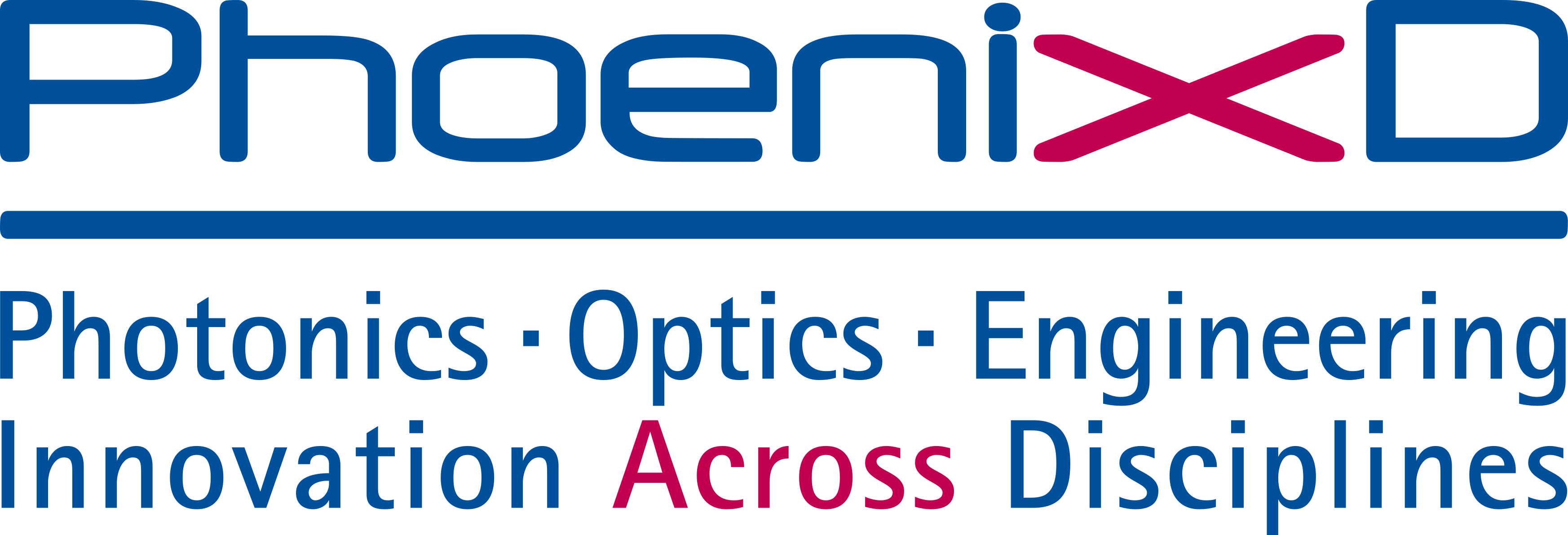Nonradiating sources for efficient wireless power transfer
- verfasst von
- Esmaeel Zanganeh, Mingzhao Song, Adrià Canós Valero, Alexander S. Shalin, Elizaveta Nenasheva, Andrey Miroshnichenko, Andrey Evlyukhin, Polina Kapitanova
- Abstract
Nonradiating sources of energy realized under a wave scattering on high-index dielectric nanoparticles have attracted a lot of attention in nano-optics and nanophotonics. They do not emit energy to the far-field, but simultaneously provides strong near-field energy confinement. Near-field wireless power transfer technologies suffer from low efficiency and short operation distance. The key factor to improve efficiency is to reduce the radiation loss of the resonators included in the transmitter and receiver. In this paper, we develop a wireless power transfer system based on nonradiating sources implemented using colossal permittivity dielectric disk resonator and a subwavelength metal loop. We demonstrate that this nonradiating nature is due to the hybrid anapole state originated by destructive interference of the fields generated by multipole moments of different parts of the nonradiating source, without a contribution of toroidal moments. We experimentally investigate a wireless power transfer system prototype and demonstrate that higher efficiency can be achieved when operating on the nonradiating hybrid anapole state compared to the systems operating on magnetic dipole and magnetic quadrupole modes due to the radiation loss suppression.
- Organisationseinheit(en)
-
Institut für Quantenoptik
PhoenixD: Simulation, Fabrikation und Anwendung optischer Systeme
- Externe Organisation(en)
-
St. Petersburg National Research University of Information Technologies, Mechanics and Optics (ITMO)
Harbin Engineering University
Riga Technical University
Kotel'nikov Institute of Radio Engineering and Electronics of Russian Academy of Sciences
Ceramics Co. Ltd
University of New South Wales (UNSW)
Moscow Institute of Physics and Technology
- Typ
- Artikel
- Journal
- Nanophotonics
- Band
- 10
- Seiten
- 4399-4408
- Anzahl der Seiten
- 10
- ISSN
- 2192-8606
- Publikationsdatum
- 12.2021
- Publikationsstatus
- Veröffentlicht
- Peer-reviewed
- Ja
- ASJC Scopus Sachgebiete
- Biotechnologie, Elektronische, optische und magnetische Materialien, Atom- und Molekularphysik sowie Optik, Elektrotechnik und Elektronik
- Elektronische Version(en)
-
https://doi.org/10.1515/nanoph-2021-0378 (Zugang:
Offen)


